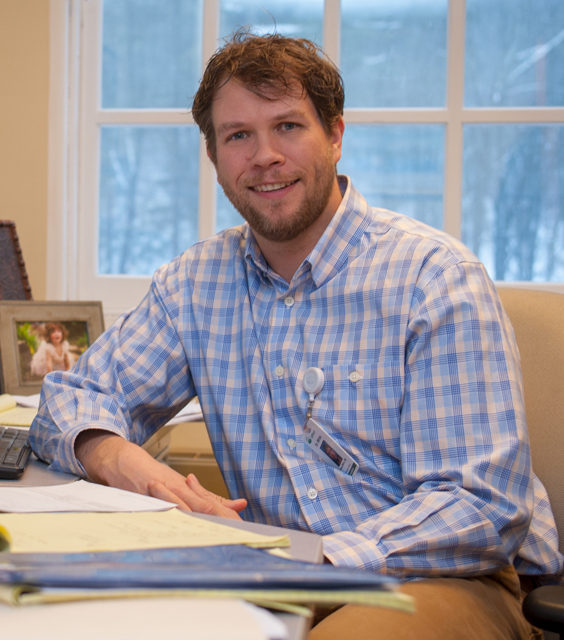
On May 13, the CDC released new guidance suggesting that vaccinated individuals should no longer be required to wear masks indoors. This came as a shock and felt too abrupt to many, particularly those who had come to take some comfort in the mask mandate as well as social distancing.
And so, we are left with a lot to consider about what this means for us and our day-to-day lives. Hopefully, I can shed some light on the CDC’s guidance and the drivers behind it.
For many of our neighbors, masks are now a totem of safety. They are a barrier, both physical and psychological, protecting us as we move through our days. The suggestion that we remove them and co-exist in potentially congested environments is very uncomfortable. Unsurprisingly, this has prompted public pushback, and people are wondering if this new guidance is safe.
When we question the safety of removing masks and the seemingly sudden switch in CDC guidance, it is important to think back to the beginning of the pandemic. To protect ourselves and our community, we turned to science. Good science seeks truth. Good science does not respect readiness, comfort, or perception. It simply is. As such, a year ago public health officials rolled out a series of restrictions. We did not want to limit travel, wear masks, or close businesses. We did not want to forgo holidays with family or vacations with friends. But in the name of safety and often begrudgingly, we did. Vermont has been as successful as we might hope during the pandemic and over the last year and a half, our environment has evolved. New data, new environments… new guidance.
The US reported roughly 5,600 new COVID cases on May 31, a number not seen since late March of 2020 at the very beginning of the US experience during the pandemic. Vermont is now reporting new daily infections have fallen to single digits. Safety blanket or not, the data is there to support a reduction in masking restrictions. Currently, two significant and scientifically predicted factors have caused the reduction in COVID. First, the approved vaccines we now have are incredibly effective. As more and more Americans get vaccinated, COVID has a harder time spreading. Second, COVID-19 is a respiratory virus, and subsequently difficult to catch in the out of doors. We experienced a similar phenomenon last summer, as we do annually with influenza. With these realities, it becomes important to revisit the original intent in the public health restrictions. Our societal goal has been two-fold: 1) A reduction in death and unnecessary disease burden. 2) Prevention of our healthcare system from being overwhelmed. That goal, at least at the moment, has been accomplished. Future changes in the environment may dictate future changes, but we live in and must respond to the now.
So how do we deal with our fear and the idea that our safety blankets might be removed? Most importantly, we need to balance the fear of a reduction in restrictions against the very real harms that those restrictions bring. Some of those harms are quite benign, but many are not. The closure of a business is not benign. Stay-at-home orders and closures of schools are not benign. Although mask mandates are much less severe, they remain a limitation to personal freedoms and are not a comfort to many. As we observed on Memorial Day, a price has been paid for our freedoms, and they ought not be taken lightly.
How each of us observes the reductions in restrictions is a personal choice and a personal freedom. For those to whom a mask is a comfort, continue wearing them. For many Vermonters, social distancing was a way of life pre-pandemic and will continue. Enjoy your isolated mountain tops and bucolic fields. But let us all be kind and respectful to those who choose to go without the mask or host backyard barbeques. We started this pandemic by putting our faith in science, let us seek the pandemic’s end while we do the same.
Joshua T. White, MD, MBA
Chief Medical Officer
#
For more information about coronavirus, visit giffordhealthcare.org/coronavirus-covid-19, cdc.gov or healthvermont.gov.

